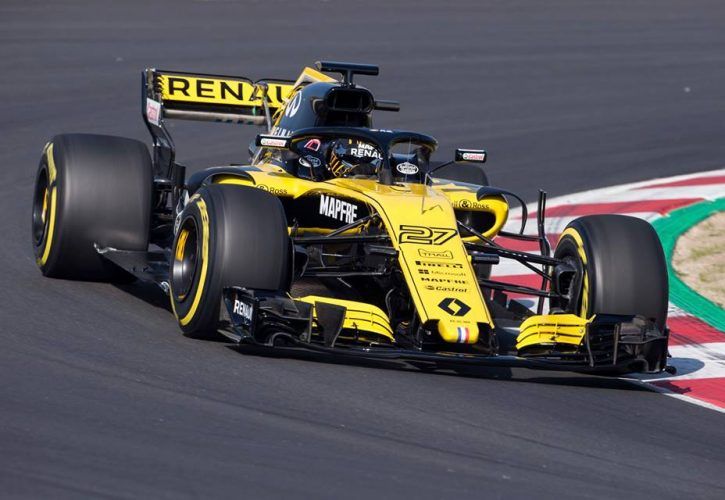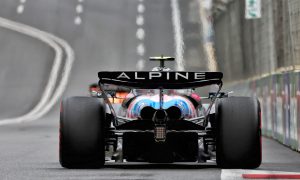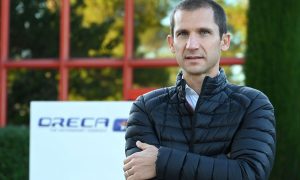
Renault's quest for aerodynamic performance with the design of its new R.S.18 has led to cooling complications, admits CTO Bob Bell.
The French team enjoyed a significant step forward in 2017, especially after the introduction of an updated aerodynamic package at the British Grand Prix.
The Enstone outfit spared no effort to optimise the design of its 2018 charger, but the evolution has come at a bit of a price on the cooling front at a time when teams' engine allocation falls from four to just three units this year.
Renault's Bell details the potential impact of the new rule on the team's R.S.18.
"It can effect some of the thermal conditions we have to meet on integrating the power unit into the chassis, but not to any great extent," explained the British engineer.
"If you look at the car and compare it to last year you'll see we've gone even greater lengths to try to squeeze all the componentry together.
"That makes it even harder to manage the thermal flows of the car.
"So no, we pushed like hell to get the maximum aerodynamic performance from the car and that means squeezing everything closer together and giving ourselves more headache with thermal management."

Renault's design department also worked on a revamped gearbox structure for the R.S.18, with a focus on stiffness and weight reduction, changes which should yield important gains.
"We would still like to save weight, then carry more ballast and reduce the centre-of-gravity," said Renault technical director Nick Chester.
"That is something we will keep working on. A lot of it is through running mileage and working out what can live for long mileage.
"[If] we can make it lighter, we will bring a lighter component, run it Fridays and prove it out and get it racing.
"Usually with a new car there is no single piece, it is a bit everywhere. You try to not be too conservative but then you go around and see what you can take out."
Gallery: The beautiful wives and girlfriends of F1 drivers
Keep up to date with all the F1 news via Facebook and Twitter






